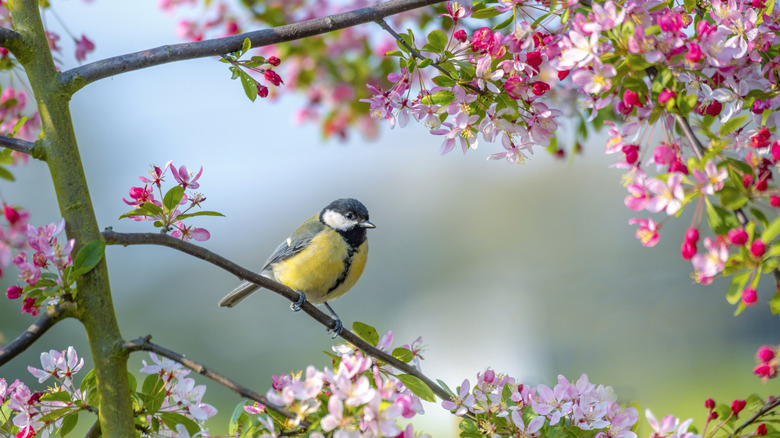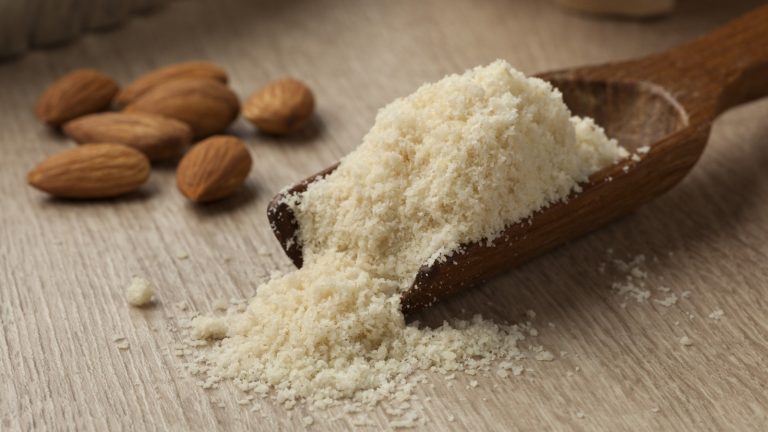A garden is more than just a pretty backdrop or a source of homegrown produce — it’s a living system, and the plants you choose can play a powerful role in supporting its health and biodiversity. According to Saltuk Doganci, home gardener and founder of Brick My Walls, one of the most beneficial additions you can make is surprisingly classic: the apple tree. Sure, it offers crisp fruit for snacking and baking, but its value goes far beyond the harvest. And best of all, it’s a lifetime investment: a full-sized apple tree that you care for well can live up to 100 years. A dwarf variety may live up to 20.
While raking up leaves may seem more of a seasonal chore, Doganci considers apple tree leaves an important, natural mulch. “Each autumn, the fallen leaves create a leaf-mold blanket that feeds worms, jump-starts mycorrhizal fungi, and locks in moisture,” he said to Food Republic. In other words, they help fertilize the soil, nourish neighboring plants, and keep the ground from drying out.
Come spring, apple trees are also among the first to bloom flowers, meaning early access for native bees, hoverflies, and lacewings, Doganci explained. These insects then return the favor to nearby vegetables by eating harmful pests like aphids. Apple trees even serve as bird perches, offering a vantage point for spotting garden grubs. “Over time,” Doganci said, “you harvest fruit and a micro-ecosystem that steadies soil, buffers temperature swings, and lifts biodiversity.”
Apple tree growing tips
While apple trees are fairly adaptable, they do need certain growing conditions to bloom. For example, most varieties require between 500 to 1,000 hours of winter chill — temperatures below 45 degrees Fahrenheit — to properly set fruit, along with full sun exposure in the spring and summer. If you live in an area suitable for apple trees, having the right skills (and patience) will be a rewarding way to elevate your garden.
When it comes to variety, Saltuk Doganci suggests newer varieties that resist common fungal diseases like apple scab. “I like Pristine for its tartness and early ripening, Freedom for mid-season sweetness that stores, and Northpole where space is tight,” he said. Doganci also explained that these varieties are not only tough against disease, but when paired together, they can even pollinate one another.
Having a variety of apple trees is great for making applesauce, as it is best made with a mix of sweet and tart apples. If you’re making apple pie, the best apples to reach for are also a mix, such as Honeycrisp and Granny Smith. Any leftover apple scraps can be turned into a tasty snack, a caffeine-free tea, or even buried in the soil to provide nutrients like potassium to the rest of your garden. Even better, you can use every single bit of the fruit in this apple pie recipe.






